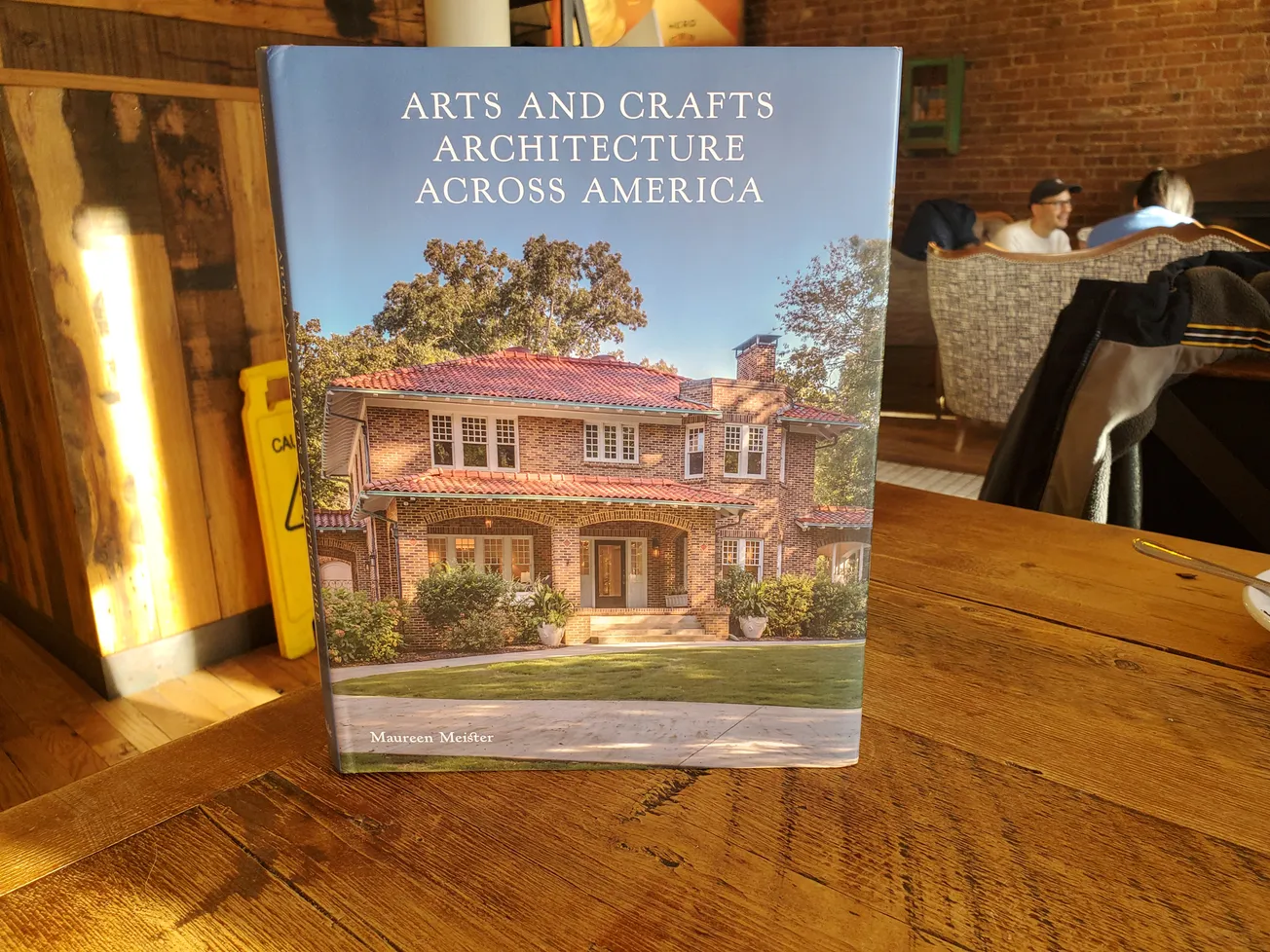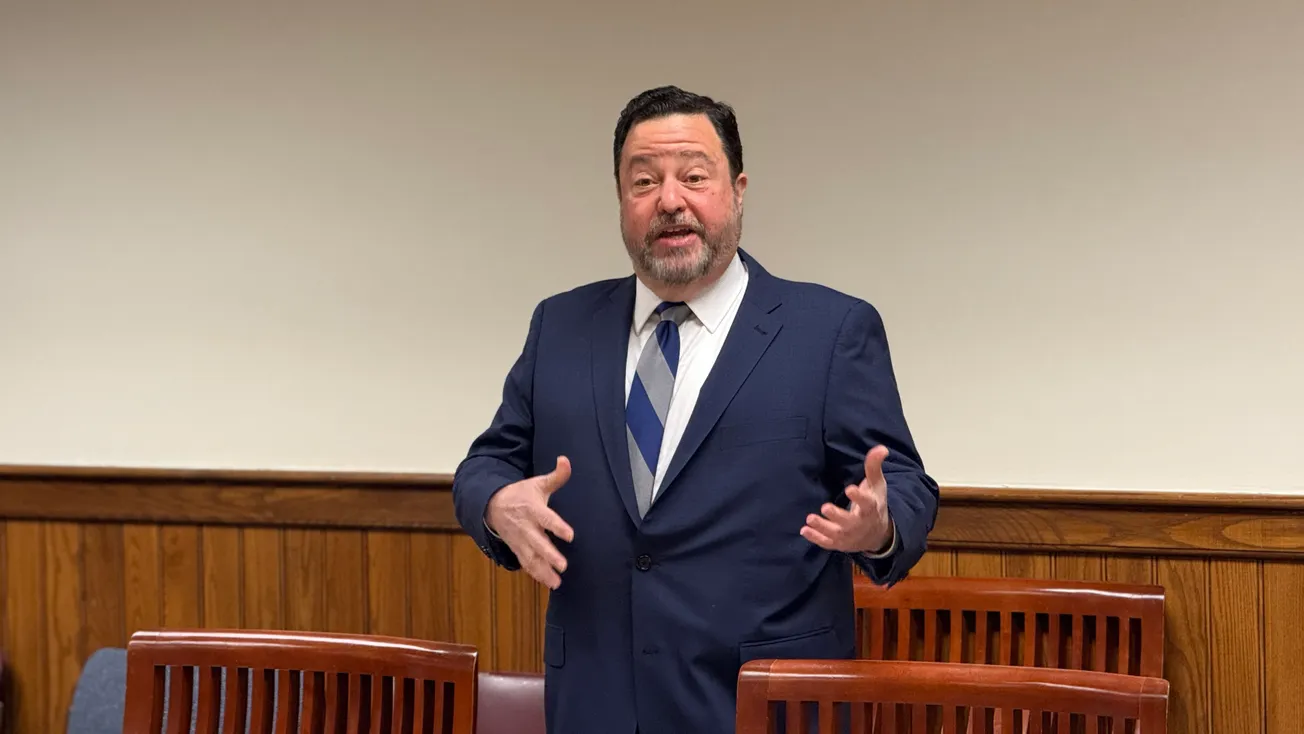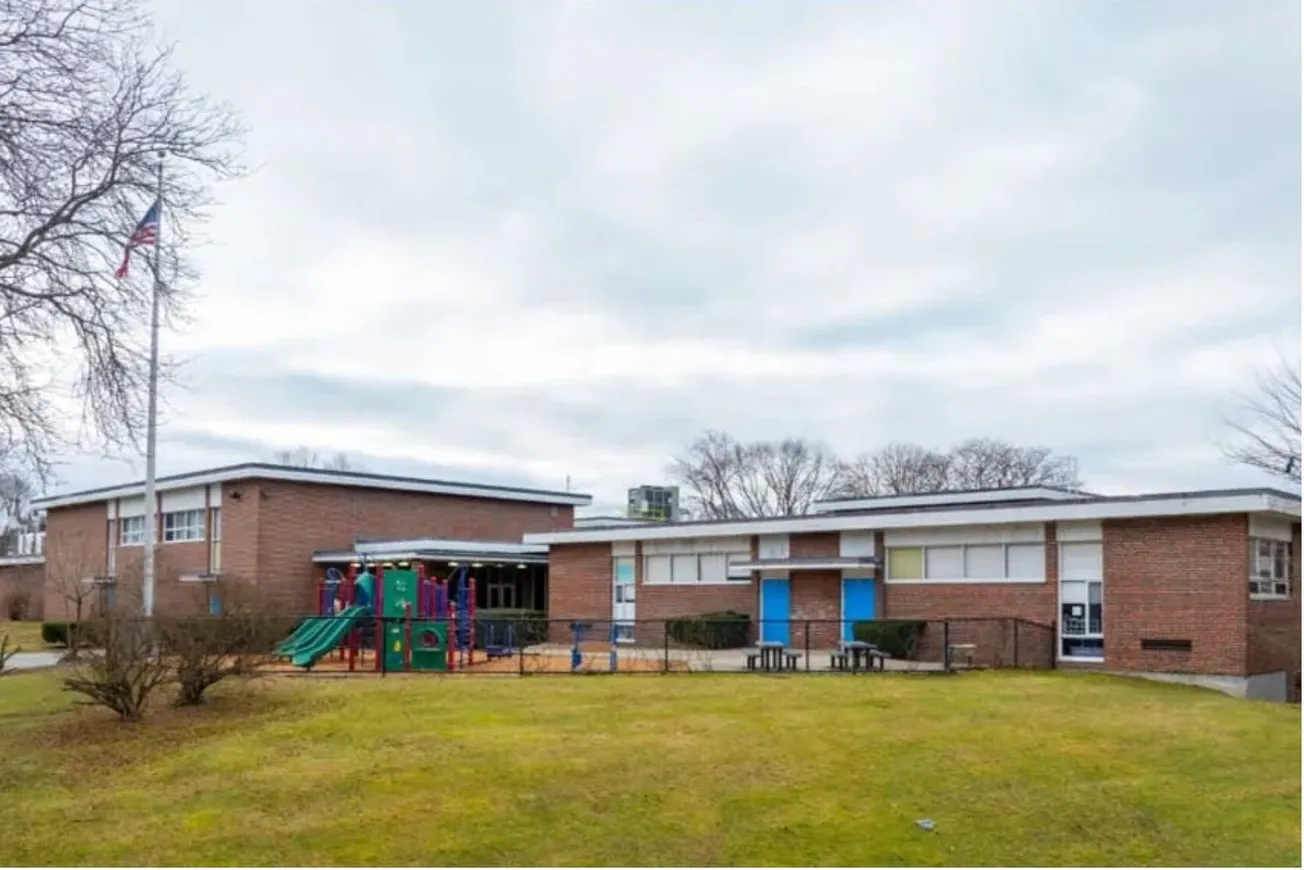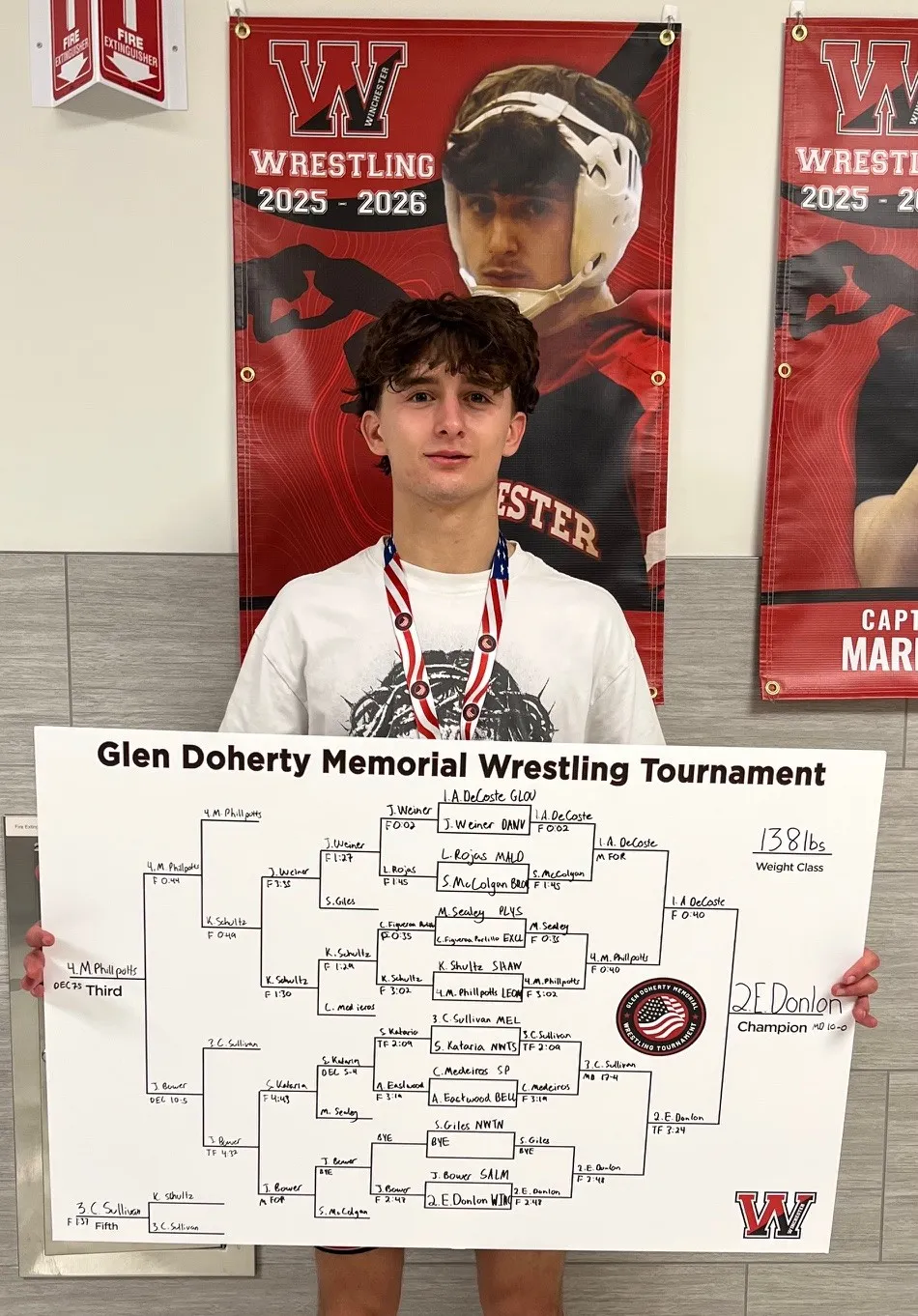Table of Contents
There’s never enough time or money to do it right, but there’s always time and money to do it again. This is my interpretation of a favorite quote from the Biggest Little Farm, and it’s the topic for an important discussion about performing work in the garden and landscape.
One of the joys of my current work is that I spend time with all sorts of people who simply want to become better gardeners and create more beautiful spaces. Some gardens are big and costly, while others are more modest and implemented efficiently. What I often preach is to do it right the first time, because the cost of choosing the least expensive, or less qualified, option almost always costs more money in the long term.
Trees. With trees, we are often dealing with multi-generational plants that deserve the best care. These are living plants that can be stressed or even damaged from poor care and incorrect pruning.
While certified and experienced arborists cost more than the usual suspects out there (many of whom send teams with no licensed or certified arborist), the cost of removing poorly cared for trees and replacing them far outweighs the incremental costs of hiring a top arborist. Do you go to the doctor who laser corrects your second eye for free or the doctor with the most experience.
Hardscape. Masonry, or hardscape, is often the most expensive part of the landscape, and the cost pushes people to look for a less expensive option. This might mean using concrete products over natural stone, or using contractors that spend a season or two in a town and move on before their poor work starts falling apart.
The reason that good masonry work is more expensive comes down to the experience of the artisan doing the work, and the labor and materials involved in the project.
Cheap patios are cheap because a company may only excavate out 6" and put down stone dust and the pavers. In a few years, it will start to heave or become uneven as the soil shifts. Proper excavation is much deeper and creates layers to allow for drainage and a firm foundation. Less expensive walls and terraces will start to degrade within a couple of years and need fixing.
With masonry, you absolutely get what you pay for. That doesn’t mean you have to get the best and most expensive mason, just a competent one who has been around and doesn’t take short-cuts to decrease costs.
Lawn Care. Lawn care is another area where hiring a quality company with an agronomist on staff or an expert will result in a healthier lawn. Many problems come from having your maintenance company take care of your lawn. They won’t perform soil tests, don’t have necessary equipment, and often use products available at their wholesaler that dump herbicides and insecticides in every application. They often try to work themselves out of problems by overfertilizing, and this is like putting the lawn on steroids.
I work with companies that test and do what is right for the soil and the lawn, often with a minimum of chemicals and organic fertilizer. A healthy lawn is the best way to minimize weeds.
While a good lawn company might cost more, it will ensure that you don’t have to start over, and your lawn can be healthy with minimal chemical intervention and your garden can be filled with beneficial insects.
Plants. Plants are one last area where finding well grown plants is the healthiest and best option. There are plenty of short-cuts to quickly grow plants to sellable size. The big box stores sell cheap plants by finding local nurseries to contract to grow plants for them, but the only way to do this and make any profit is to put them on steroids.
Losing plants to disease or insect damage costs money, so they are amped up to protect them and fertilized to grow quickly. They then come to your garden, weakened by being artificially supported. Go to quality garden centers and nurseries who source well-grown plants. You will save money in the long-term and have healthier plants that adapt better to your garden.
Also, buying bigger is not always better, especially with perennials. A small perennial will reach mature size in three years and cost much less than buying large sized perennials.
There are ways to save money and get good work, or ways to perform expensive work over multiple seasons to work within budgets, but at the end of the day, the cheapest option often delivers sub-standard results over time.
There’s never enough time or money to do it right, but there’s always time and money to do it again.
Make the right choice for the long-term even if it costs a little more!
A few things happening now. Whitmore Boogaerts is a talented artist who creates a broad range of sculptures and art for use in the garden. Every garden should have something beautiful and structural. Whitmore has a great inventory of items, or he can create custom designs, railings and just about anything you could think of with metal.
Go to his open house at WB Sculpture Studio Saturday, July 19 and Sunday, July 20 in Westport, Mass. While you are there, hit The Back Eddy for oysters and lobster, and Wood’s Ice Cream for a sweet treat.
And while you are in Westport, visit Butterfly Effect Farm, a special native plant nursery. Doesn’t this sound like a great excuse to spend the day on the coast in Westport including a visit to Horseneck Beach.
I have upcoming Hydrangea classes at Mass Horticulture Society (July 13) in Wellesley, Mass. and Blithewold Gardens (July 19) in Bristol, R.I. They are largely the same class in different gardens.
These are comprehensive classes covering the 5 most popular species of Hydrangea that we grow around New England, and covers pruning, soil, light and care. You will never have another question about how to site or care for different Hydrangea species.
You could go to the morning class at Blithewold and scoot over to Westport for the WB Sculpture Open House above.
Reed Pugh works to help people get the most from their gardens as a horticulturist, educator, and gardener, with his company Barking Dog Gardens.









